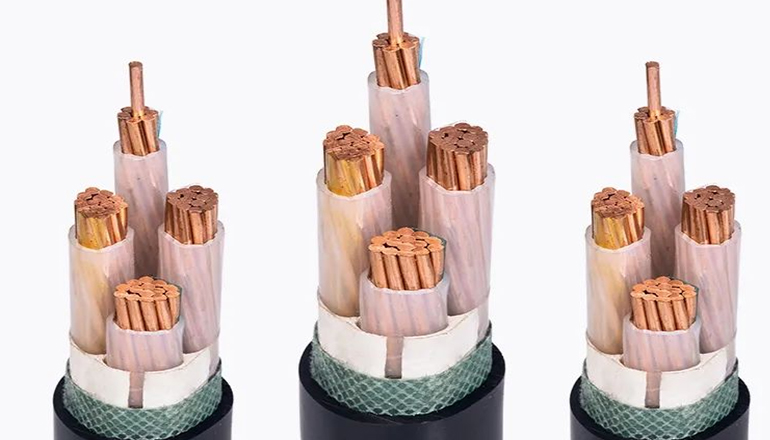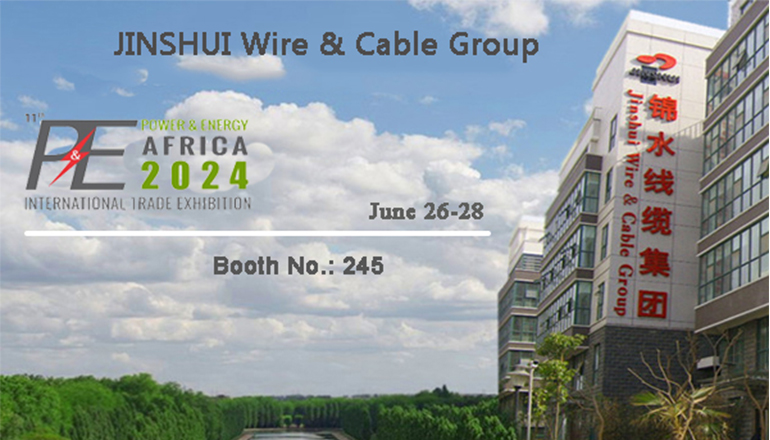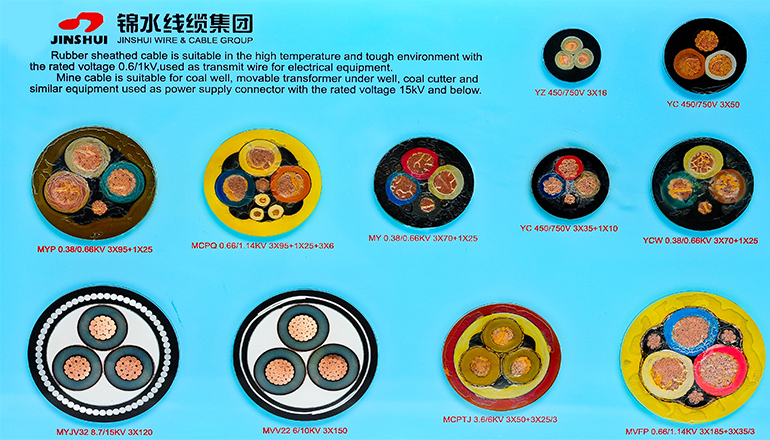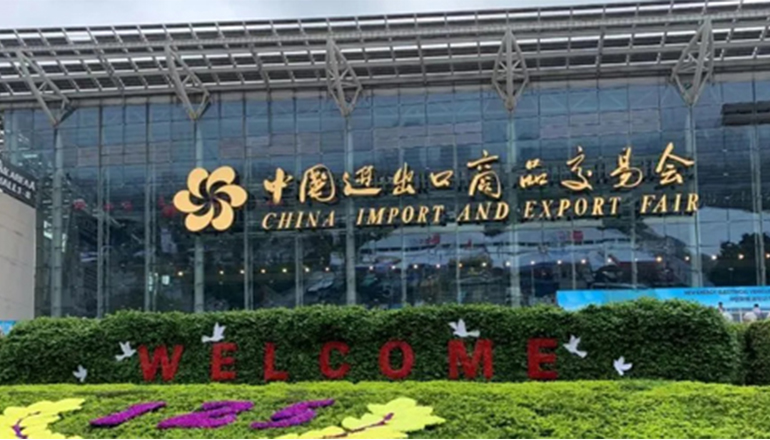- Offices Time:24 Hours Online
- Email:[email protected]
- WhatsApp:+8618339938759
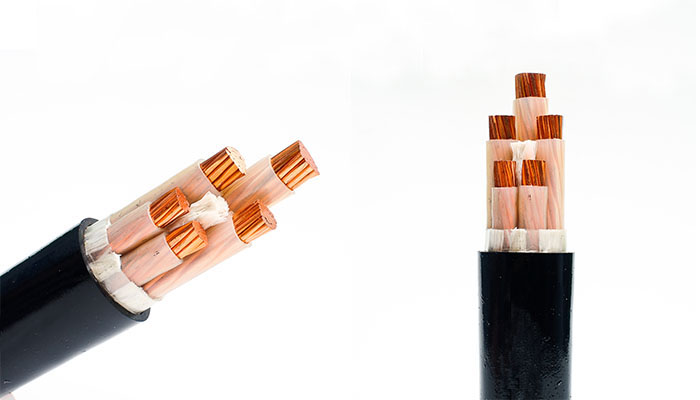
Posted on April 17, 2023
Ten advantages of LSZH cables
LSZH (Low Smoke Zero Halogen) cables, also known as LSOH (Low Smoke Zero Halogen), LSFH (Low Smoke and Fume Halogen-Free), or LS0H (Low Smoke Zero Halide) cables, are a type of cable that is designed with materials that produce minimal smoke, do not release halogens, and have low toxicity levels during combustion. They are used in various applications where fire safety, environmental considerations, and human health are critical concerns.
This cables are specifically formulated to minimize the release of smoke and toxic gases in case of a fire. Unlike traditional cables that may release thick smoke and toxic halogens, such as chlorine, fluorine, bromine, or iodine, when exposed to fire, LSZH cables are designed to have low smoke emission and zero halogen emission. This makes them environmentally friendly and safer for human health, especially in enclosed spaces, public areas, data centers, transportation systems, and industrial settings where the release of smoke and halogens can be hazardous.

Importance of LSZH cables in modern construction and networking
1.Fire Safety:
LSZH cables are designed to emit limited smoke and no toxic halogen gases when exposed to fire. This makes them ideal for use in environments where fire safety is a critical concern, such as commercial buildings, data centers, hospitals, airports, and other public spaces. This cables can help prevent the spread of smoke and toxic fumes during a fire, reducing the risk to human health and property damage.
2.Environmental Protection:
LSZH cables are environmentally friendly as they do not contain halogen compounds that can contribute to the release of toxic gases and corrosive acids when burned. This makes this cables a more sustainable choice compared to traditional PVC (Polyvinyl Chloride) cables, which release harmful emissions when exposed to fire. As environmental awareness and regulations become more stringent, LSZH cables are increasingly being used as a greener alternative.
3.Network Reliability:
LSZH cables are designed to have excellent electrical and mechanical properties, ensuring reliable performance in data communication networks. They have low signal attenuation, high bandwidth capabilities, and are resistant to interference, making them suitable for high-speed data transmission in modern networking applications, such as Ethernet, Fiber Channel, and HDMI. Reliable network connectivity is critical for various applications, including data centers, smart buildings, industrial automation, and Internet of Things (IoT) deployments.
4.Code Compliance:
Many building codes and regulations now require the use of LSZH cables in certain applications, especially in commercial buildings and public spaces. Compliance with these codes is essential for obtaining building permits and certifications, ensuring that the construction or networking project meets the required safety standards. By using this cables, builders, contractors, and network installers can ensure that their projects meet the necessary regulatory requirements.
5.Future-proofing:
With the increasing demand for high-speed data transmission, LSZH cables are designed to support higher bandwidths and higher data rates, making them suitable for future-proofing network installations.
Ten advantages of LSZH cables
1.Low Smoke Emission
The cables are designed to emit very low levels of smoke when exposed to heat or flames. This is because this cables are made of special materials that do not release toxic smoke or harmful fumes when burned, making them ideal for use in areas where smoke emissions could pose a health hazard, such as in public buildings, data centers, or transportation systems.
2.Zero Halogen Content
LSZH cables are manufactured with materials that do not contain any halogen compounds, such as chlorine, fluorine, bromine, or iodine. When exposed to high temperatures, regular cables that contain halogen materials can release toxic halogen gases that can be corrosive, harmful to human health, and damaging to electronic equipment. LSZH cables eliminate this risk by having zero halogen content, making them safer for people and equipment in case of a fire.
3.Flame Retardancy
This cables are designed to be flame retardant, meaning they have a higher resistance to catching fire and are less likely to propagate flames compared to regular cables. This makes the cables suitable for use in fire-sensitive environments where fire safety is a priority.
4.Low Toxicity
LSZH cables are also known for their low toxicity. In the event of a fire, the cables produce minimal toxic gases, which can help protect people from harmful effects of smoke inhalation and reduce the risk of further damage to property or equipment.
5.Environmental Friendliness
LSZH cables are considered more environmentally friendly compared to regular cables due to their reduced halogen content. Halogen compounds are known to be environmentally hazardous, and using this cables can help reduce the environmental impact of cables in case of fire or during their lifecycle.
6.Enhanced Safety
This cables can help enhance overall safety in various applications. In the event of a fire, they can reduce the spread of flames, minimize smoke emissions, and lower the risk of toxic gases, which can help protect human life and property. Additionally, this cables are less likely to contribute to the propagation of fires, making them ideal for applications where fire safety is critical, such as in public buildings, transportation systems, or industrial settings.
7.Better Performance
LSZH cables are designed to meet or exceed the performance characteristics of regular cables. They are available in various types, including LSZH versions of Ethernet cables, coaxial cables, HDMI cables, and more, providing reliable and high-quality connectivity for data transmission, video/audio signals, and power distribution. this cables are also durable and resistant to environmental factors, such as moisture, UV radiation, and temperature fluctuations, ensuring long-term performance and reliability.
8.Reduced Downtime and Maintenance Costs
This cables can help reduce downtime and maintenance costs in critical applications. Their enhanced performance and durability can minimize the need for frequent replacement or repair, resulting in lower maintenance costs and reduced downtime for repairs or replacements.
9.Improved Indoor Air Quality
LSZH cables can contribute to improved indoor air quality in enclosed spaces, such as buildings, data centers, or transportation systems. Since LSZH cables emit low levels of smoke and toxic gases when exposed to heat or flames, they can help maintain cleaner air and reduce the risk of harmful smoke inhalation, providing a safer environment for occupants.
10.Eco-Friendly Construction
LSZH cables are becoming increasingly popular in green building and sustainable construction projects. They are considered environmentally friendly due to their low halogen content, which reduces the environmental impact during their lifecycle, as well as in the event of a fire. As sustainability and environmental concerns gain importance in modern construction practices, the use of LSZH cables can contribute to eco-friendly building designs and certifications.
Detailed description of LSZH cable components
Conductor: The conductor is the core of the cable and is typically made of copper or aluminum. It carries the electrical current and is usually insulated with a layer of thermoplastic or thermoset material.
Insulation: LSZH cables use insulation materials that are low smoke and zero halogen, hence the name “LSZH”. These materials are carefully chosen to minimize the release of hazardous smoke and toxic fumes during a fire. Thermoplastic materials, such as polyethylene (PE) and polypropylene (PP), or thermoset materials, such as cross-linked polyethylene (XLPE) or ethylene propylene rubber (EPR), are commonly used as insulation in LSZH cables. These materials have lower smoke emission and do not contain halogens, which are known to be harmful to human health and the environment.
Jacket: The jacket is the outer protective layer of the cable, and it is also made of LSZH materials. The jacket is responsible for providing mechanical protection, as well as resistance to environmental factors such as moisture, sunlight, and chemicals. LSZH jacket materials are typically made from thermoplastic or thermoset polymers that do not contain halogens, such as polyvinyl chloride (PVC) or low-smoke polyolefin (LSPO).
How to choose LSZH cables correctly?
1.Determine the fire safety requirements of the environment where the LSZH cables will be installed. Consider local building codes, regulations, and industry standards that may specify the type of
cables required for specific applications.
2.Choose the appropriate type of cable for your specific application, considering factors such as data transmission speed, distance, and environmental conditions.
3.Look for cables that are made with high-quality materials, have proper shielding (if needed), and are designed for the intended application.
4.Review the performance specifications of the cables, such as their maximum data transmission speed, voltage rating, temperature rating, and bend radius. Ensure that the LSZH cables meet or exceed the requirements of your specific application.
5.While it’s important to prioritize quality and compliance with safety requirements, also ensure that the cables you select are cost-effective and provide value for money.
By considering these factors, you can choose LSZH cables that are appropriate for your specific application and provide the required level of fire safety while minimizing environmental impact. It’s always recommended to consult with qualified professionals or seek expert advice to ensure that you choose cables correctly for your specific needs.
Post categories
Most Popular Posts
-
High temperature cable introduction
July 26, 2024 -
Kenya Power and Energy Exhibition 2024
June 11, 2024 -
Introduction of rubber sheathed cable
June 5, 2024 -
The 135th China Canton Fair
March 20, 2024


